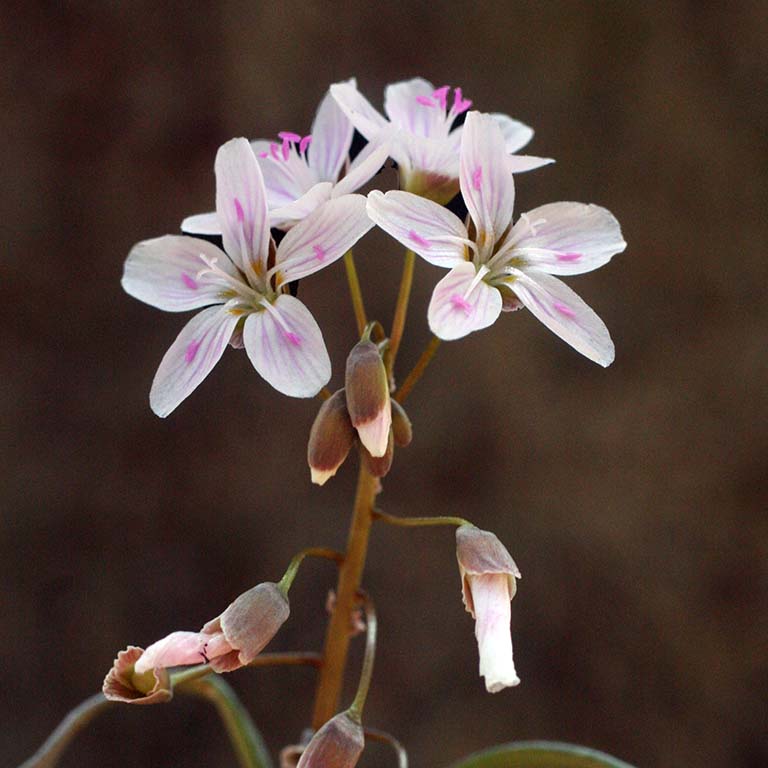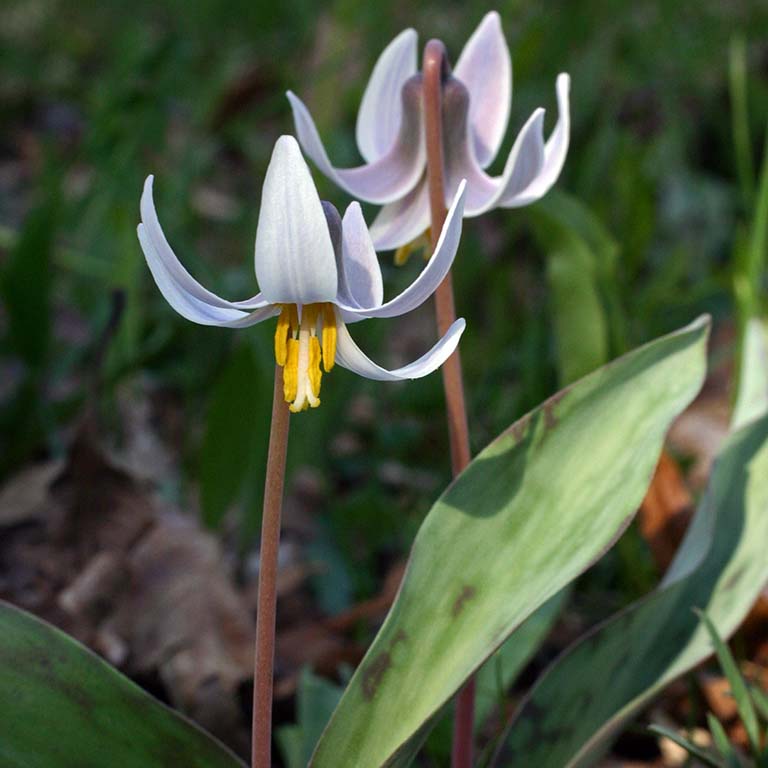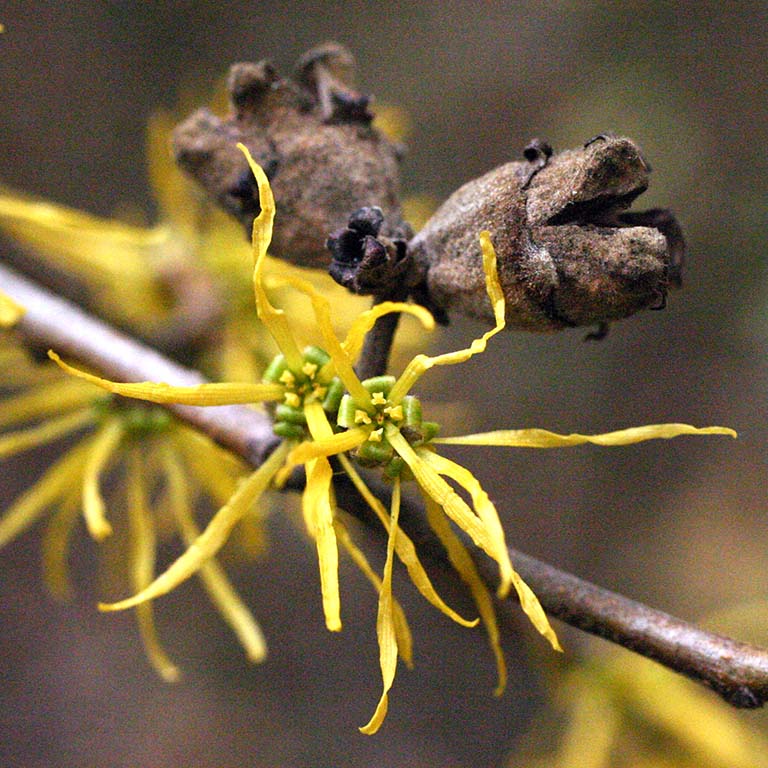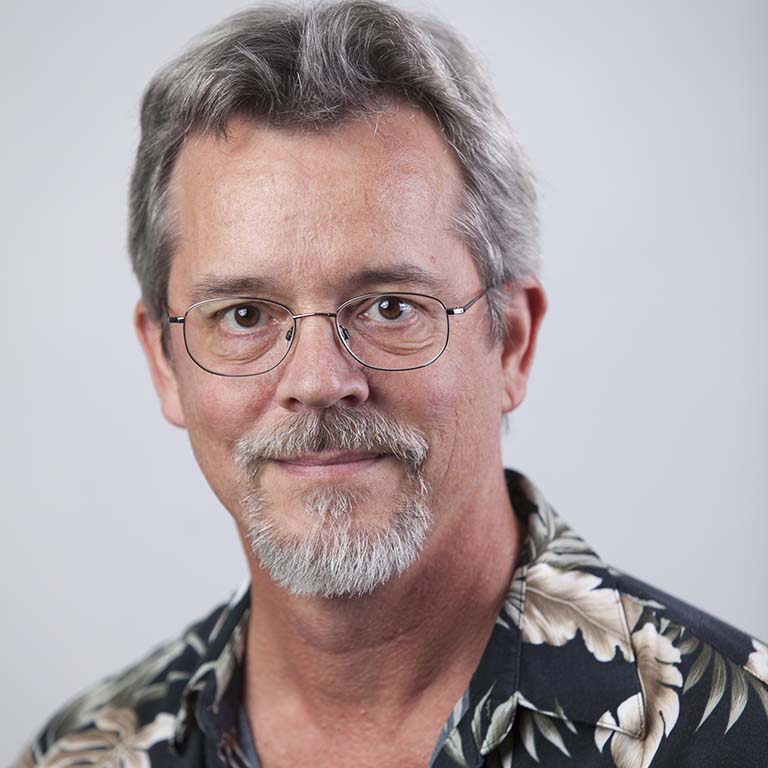Photographs of the diagnostic features of live plants will transform how people identify species.
Indiana University is seeking citizen-scientists from throughout Indiana to help photograph all plant species that comprise the state’s flora. The 2021 Indiana Plant Photographic Scavenger Hunt website provides complete information for anyone who wants to participate.
“Life under COVID-19 has left many people feeling isolated, and this project encourages them to put on their boots, grab their cameras, and be part of a socially-distanced statewide effort,” said Eric Knox, director of the IU Herbarium and a senior scientist in the IU Bloomington College of Arts and Sciences' Department of Biology.
The IU Herbarium completed a massive 5-year digitization project in 2019 that included special attention to the Indiana flora because the plant specimens collected in the early 1900s by Charles and Stella Deam are preserved there. Charles was the first state forester of Indiana and wrote books about Indiana plants, culminating in the Flora of Indiana in 1940. The digitization project finished in 2019 generated an up-to-date Indiana Checklist and a Golden Key, an online identification tool that uses simple language to help people quickly identify an unknown plant.
The IU Herbarium has over 160,000 preserved plant specimens (including 72,000 from Indiana). Plants are preserved by pressing and drying them before mounting them on archival quality paper, along with labels that record the scientific information, which makes them herbarium specimens.
“Botanists spend a lot of time studying specimens with a microscope,” said Paul Rothrock, associate curator emeritus and project leader, “but most people do not like looking at dead, flat plants.” Thus Rothrock, an experienced nature photographer, has uploaded more than 2,000 of his photographs to the Consortium of Midwest Herbaria (CMH) data portal, which aggregates IU’s specimens with specimens and species information from herbaria throughout the U.S. “Unfortunately,” he noted, “many species still lack quality diagnostic photos, and that is where the Photographic Scavenger Hunt comes in.”







 The College of Arts
The College of Arts